Idea by
Matthew Ashton, Sofie Tolf
SP-ARC
Call for ideas 2017
Political Geologies
Political Geologies
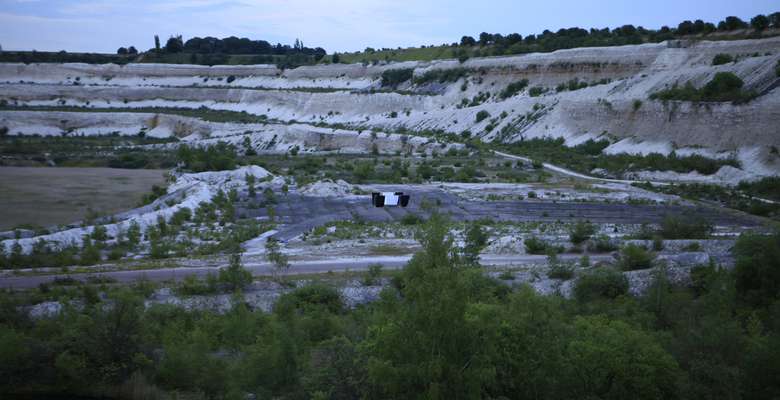
'Political Geologies' aims to initiate a dialogue with the anthropocene through a series of territorial interventions and explorations across and upon the exhausted landscapes of extraction and exploitation which increasingly dot the periphery of our urban landscapes. Mines, quarries, gas fields, timber plantations, garbage tips and oil refineries - the 'sacrifice zones' which are required to maintain our current standards of living. These discarded territories should not be read solely as environmental victims of consumer capitalism, but could also be seen as possible sites of resistance. Detours around the shimmering accumulations of capital which currently constitute our cities and points of contact with the contested geologies below. A position from which we may be able to challenge neoliberal urbanism and its unwavering fidelity to the prolongation of the status quo and open up the possibility of once again imagining an alternative world.
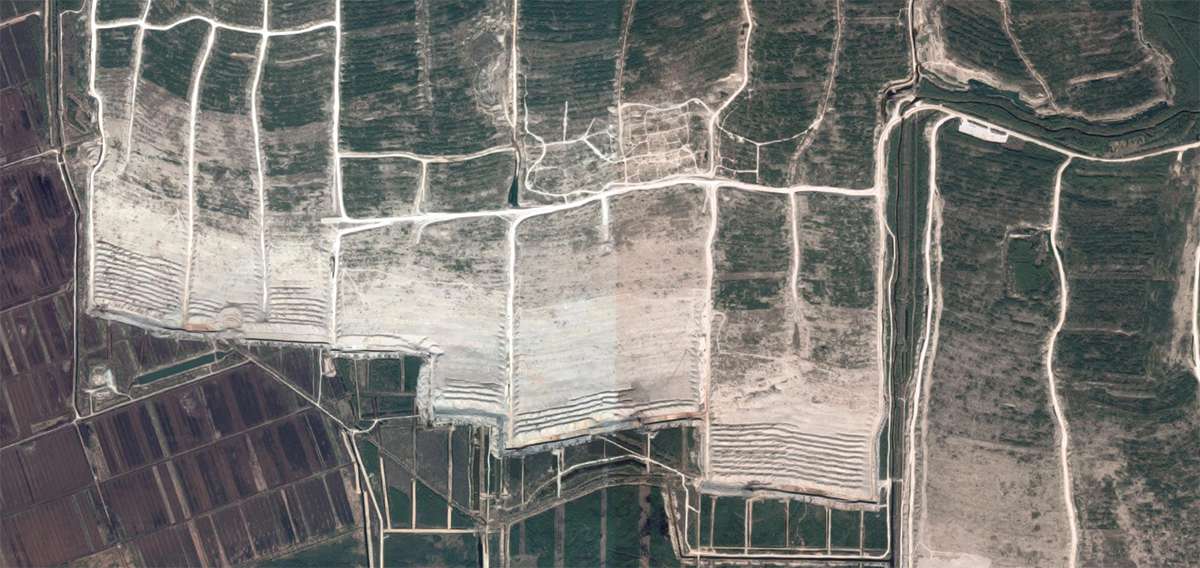
Oil shale mine, Ida-Viru County, Estonia (Image: Google Maps)
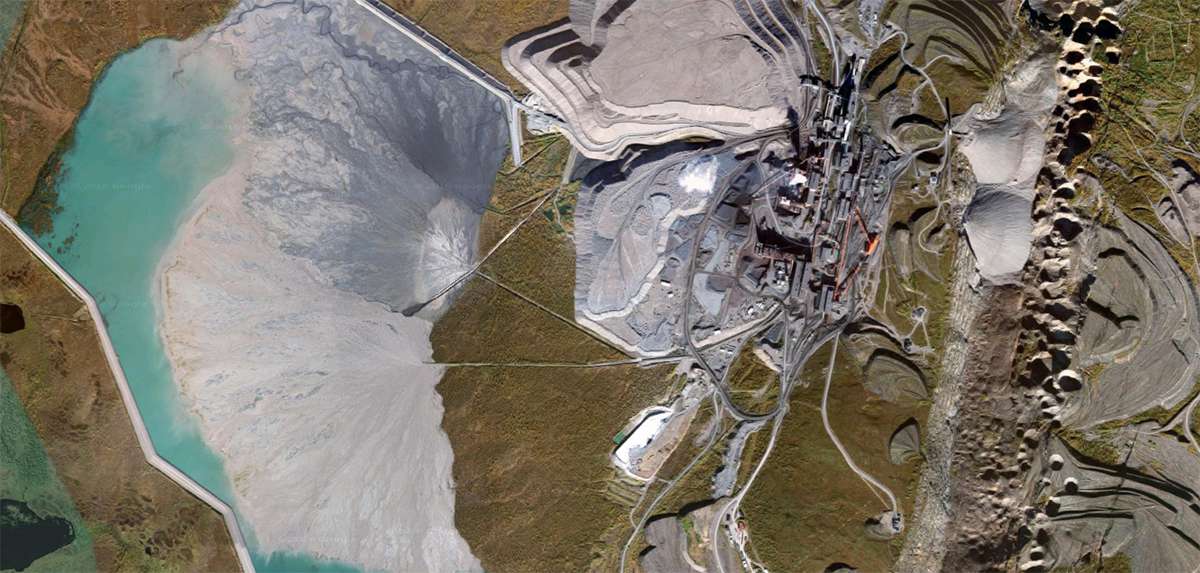
Iron Ore Mine, Kiruna, Sweden (Image: Google Maps)
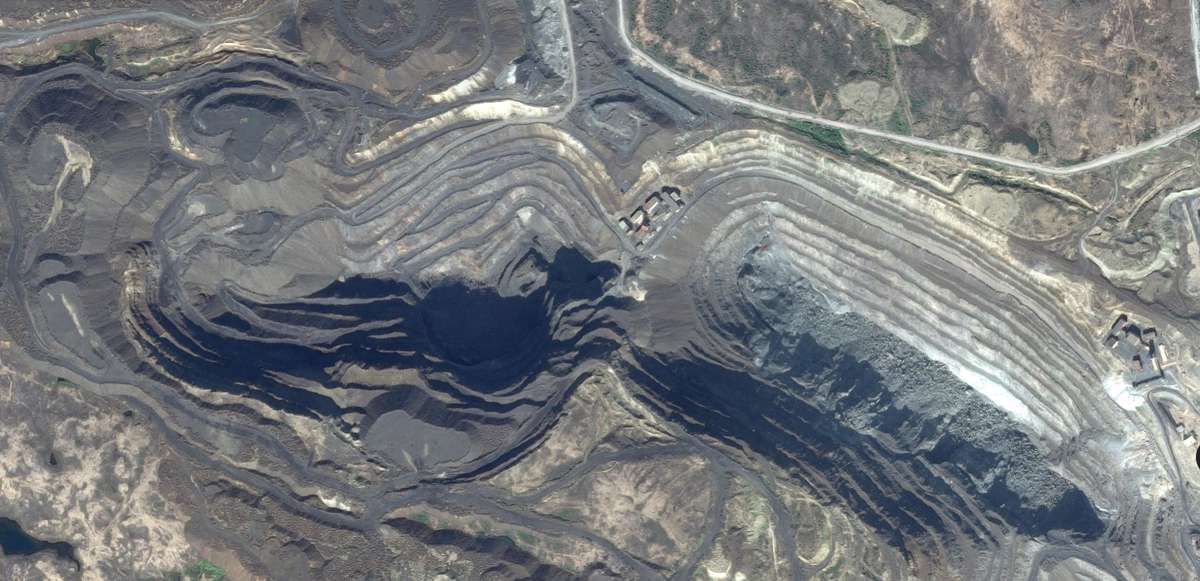
Nickel Mine, Zapolyarny, Murmansk Oblast, Russia (Image: Google Maps)
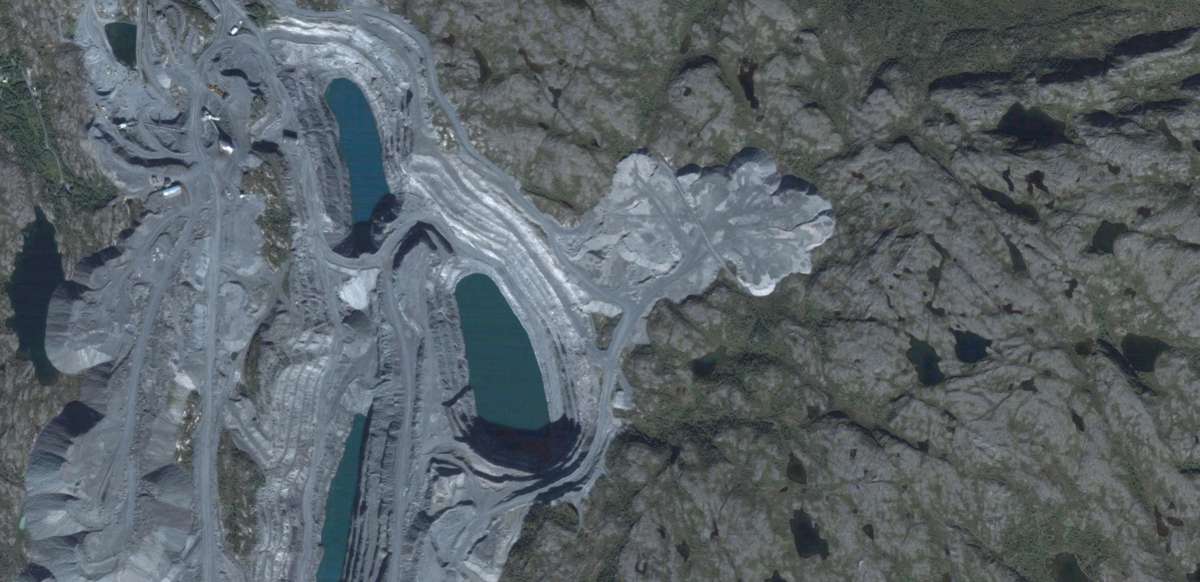
Iron ore mine, Bjørnevatn / Kirkenes, Norway (Image: Google Maps)

Limestone quarry, Pargas, Finland (Image: Google Maps)
Political Geologies
Political Geologies

'Political Geologies' aims to initiate a dialogue with the anthropocene through a series of territorial interventions and explorations across and upon the exhausted landscapes of extraction and exploitation which increasingly dot the periphery of our urban landscapes. Mines, quarries, gas fields, timber plantations, garbage tips and oil refineries - the 'sacrifice zones' which are required to maintain our current standards of living. These discarded territories should not be read solely as environmental victims of consumer capitalism, but could also be seen as possible sites of resistance. Detours around the shimmering accumulations of capital which currently constitute our cities and points of contact with the contested geologies below. A position from which we may be able to challenge neoliberal urbanism and its unwavering fidelity to the prolongation of the status quo and open up the possibility of once again imagining an alternative world.
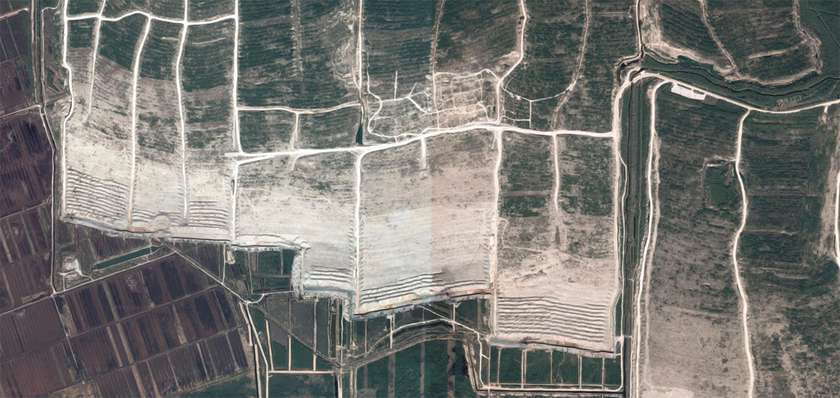
Oil shale mine, Ida-Viru County, Estonia (Image: Google Maps)

Iron Ore Mine, Kiruna, Sweden (Image: Google Maps)
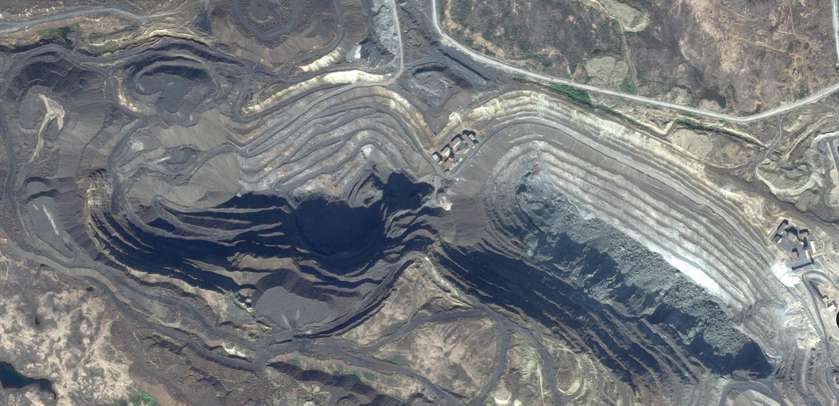
Nickel Mine, Zapolyarny, Murmansk Oblast, Russia (Image: Google Maps)
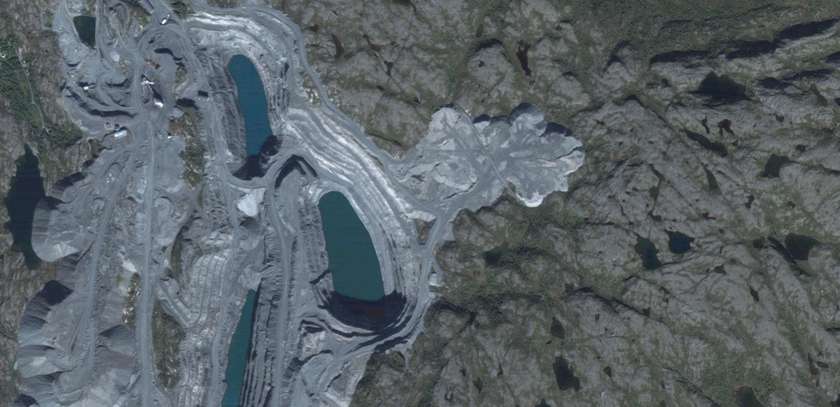
Iron ore mine, Bjørnevatn / Kirkenes, Norway (Image: Google Maps)
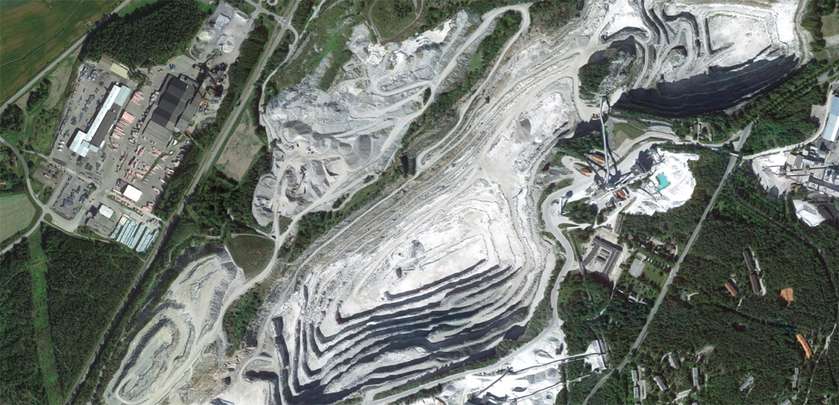
Limestone quarry, Pargas, Finland (Image: Google Maps)